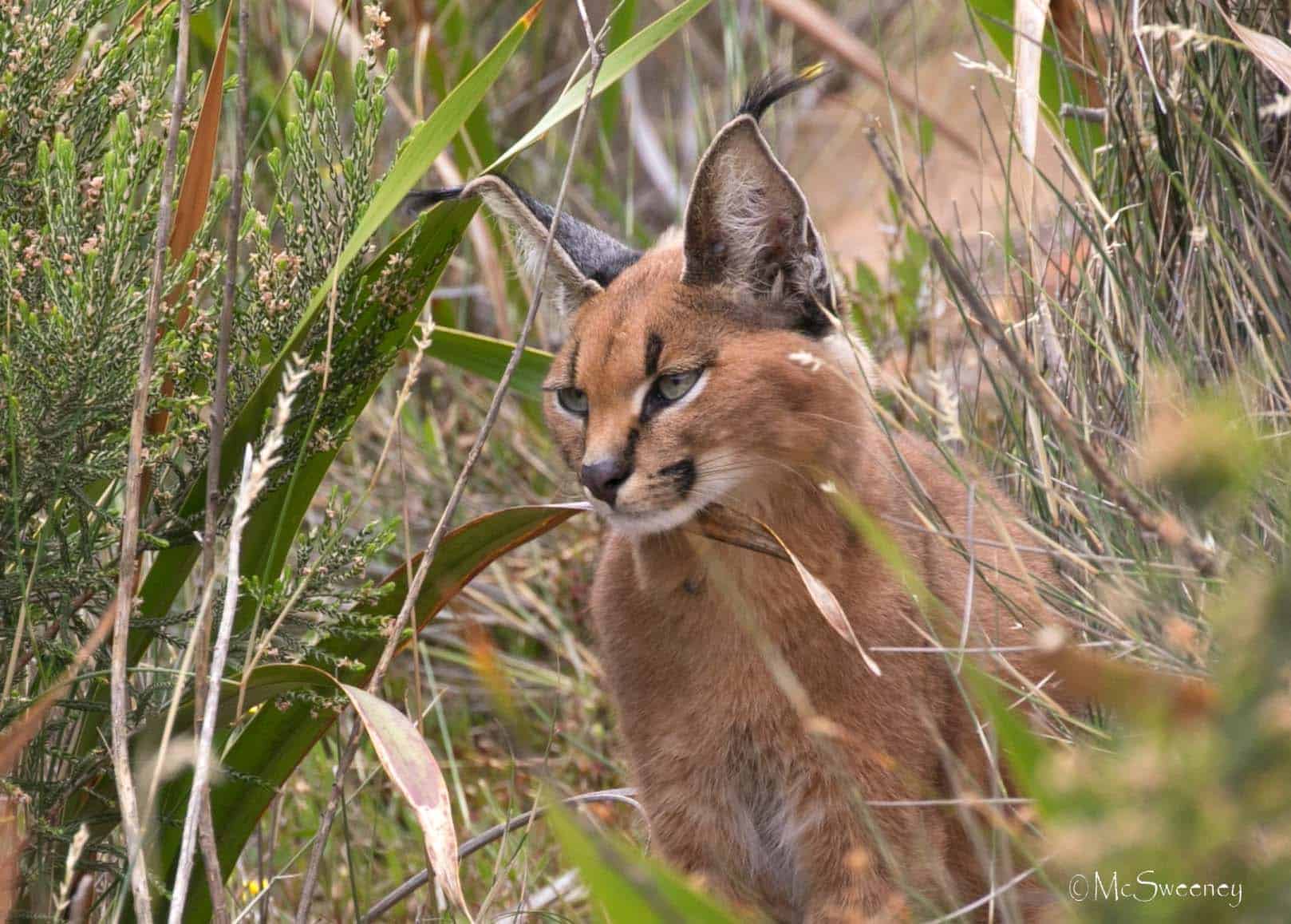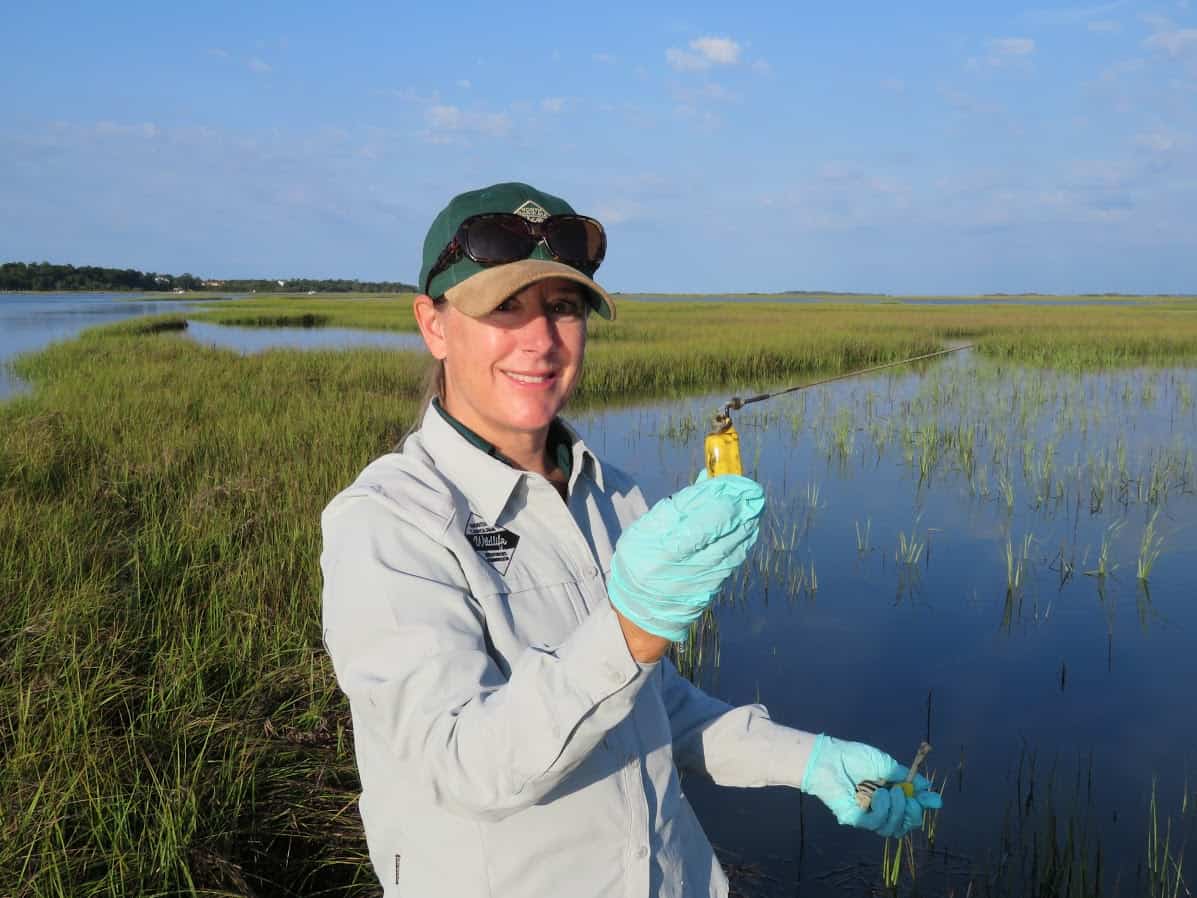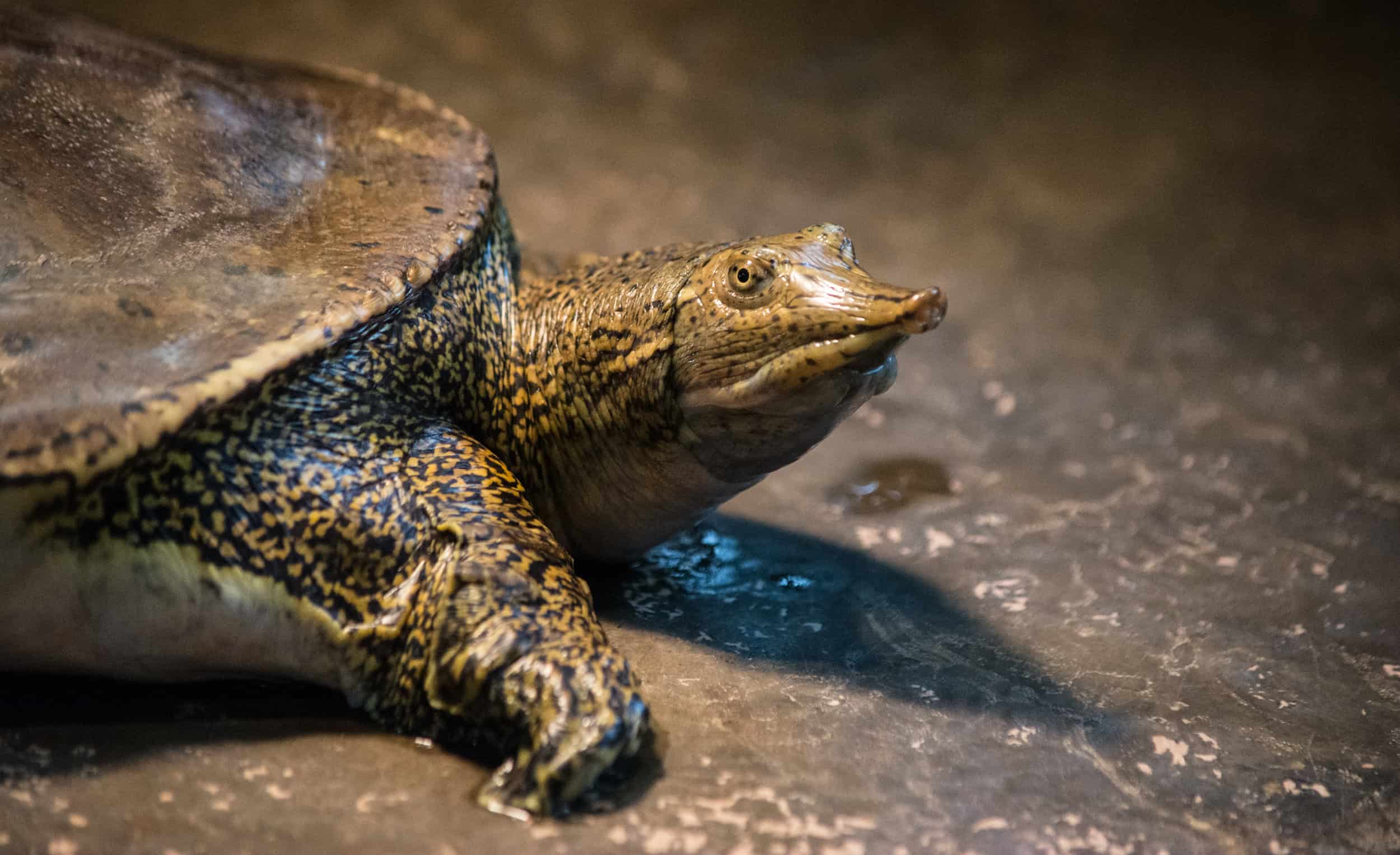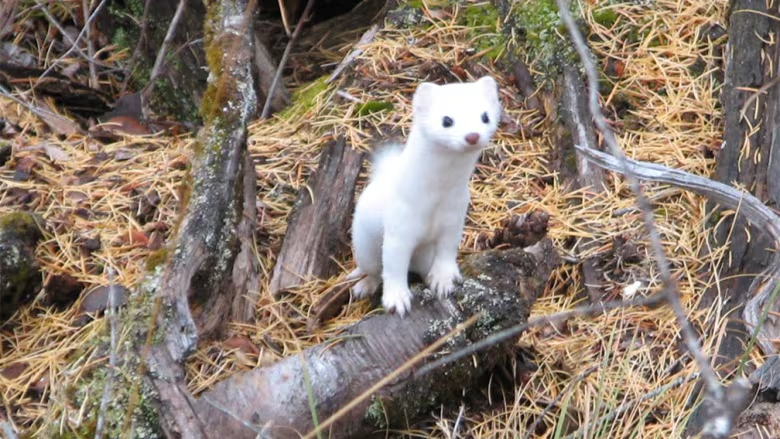Share this article
Wildlife Featured in this article
- Caracal
Social media can boost caracal conservation
Social media boosted conservation of a wild cat in Africa
Using a wild cat as a case study, researchers have shown that Facebook and Instagram can help conservation efforts. The Urban Caracal Project, established in 2014, uses social media to educate about the caracal (Caracal caracal), a wild cat native to Africa. In a study published in Environmental Communication, researchers used Google Trends to determine how popular caracals became in the world before and after the project was created. The team also used Facebook and Instagram data to analyze the material the project posted online and to look at all public engagement on caracals. The team found that searches on the species doubled after the project launched. The team also found that the project now has more than 16,800 Facebook followers and more than 7,300 Instagram followers. In addition, WhatsApp and social media helped point the authors to caracal deaths that helped them assess the populations. “This paper contributes to our understanding of the various ways in which the public can participate in science,” said study authors Gabriella Leighton and Laurel Serieys from the University of Cape Town in a press release. “It shows how charismatic species can contribute to conservation and public awareness of biodiversity in urban areas. The research demonstrates how a public interest in urban ecology and the global phenomenon of ‘cats on the internet’… can be harnessed to leverage conservation action.”
Header Image: A young caracal peaks out from behind the fynbos near the famous coastal road of Boyes Drive, Cape Town, South Africa. Credit: Michael McSweeney








